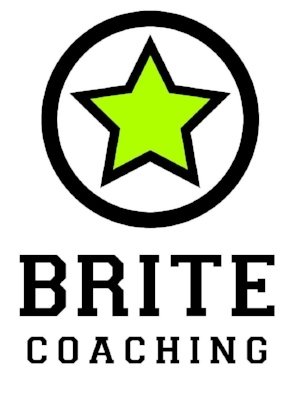Bike Fitting
Brite Coaching believes that bike fit is the number one next step after you have acquired a bike or have never had a professional bike fitter work on your bike fit, cleat position, saddle selection, and all the components that go into creating power on the bike.
Brite Coaching refers all our local athletes to BC Bike Fit. We encourage you to learn about all the services offered by your bike fitters and take advantage of them.
It's an age-old joke that triathletes don't know how to ride a bike. Unfortunately, there's some truth to this. The triathlon community doesn't shy away from hard work, and it's universally accepted that training hard (and smart) will lead to performance gains. However, what has yet to be instilled in the minds of most triathletes and cyclists is the fact that riding fast is not just about power output, it’s also about good cycling posture. There is a right way and a wrong way to ride a bike, and it's not highly dependent on having the 'perfect' bike fit. Today, we explore the art of riding and highlight some key pointers that can help improve good bike posture and make you a faster cyclist.
Power is Not Everything
The typical athlete employs a 3-step approach to getting faster on the bike:
Train hard to increase power output.
Track average power output over a set period or race to monitor improvement.
Top it off with a one-time bike fit focusing predominantly on 'aero gains.'
This approach isn't incorrect. It's just missing a vital piece of the puzzle that deserves dedication and time equal to the above steps -- good bike posture.
Review any field of riders on race day, and it looks like 90% of them are in dire need of a proper fit. Ironically, it isn't typically a fit they need. Instead, they need an education on proper riding (and maybe a new saddle!). For many, the 'points in space' are well within standard fitting protocol guidelines, but these athletes cannot maintain the appropriate posture on the bike.
Bike posture and terrain management skills go hand in hand. You can't have one without the other. Two athletes with the same equipment, power to weight ratio, and bike fit can go two different speeds along the same road. Terrain management and well-timed power usage can make or break your bike split, and the baseline determiner of good terrain management is good bike posture. Proper bike posture starts with education and is a continual pursuit that will change with age, fitness level, and, of course, equipment. You can be the fittest rider on the day, but if you’re not comfortable and efficient on your bike, you won’t be the fastest. Don’t spend countless hours training and forget the details. Performance, and ultimately success, owes itself to a holistic approach to the intricacies of triathlon.

